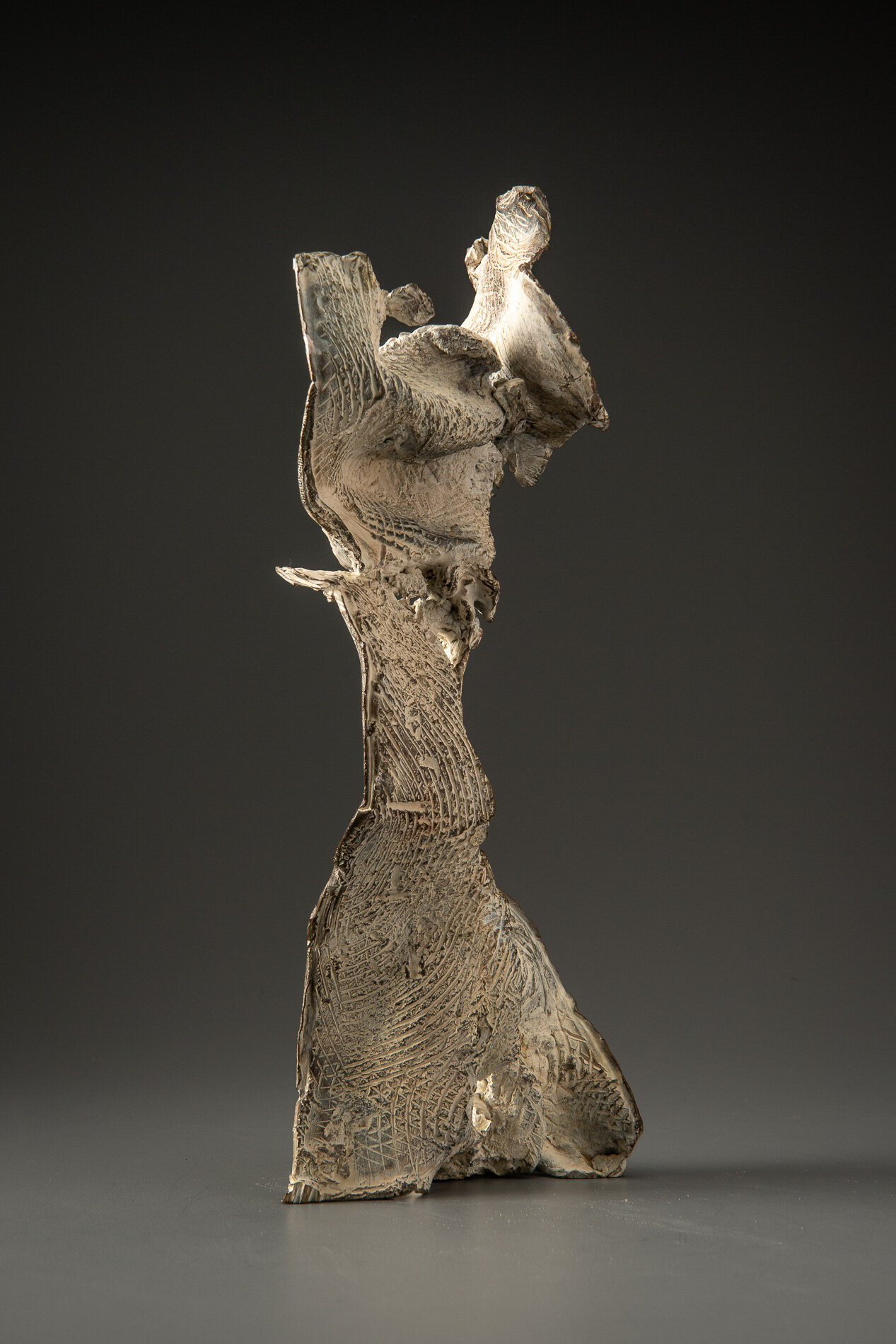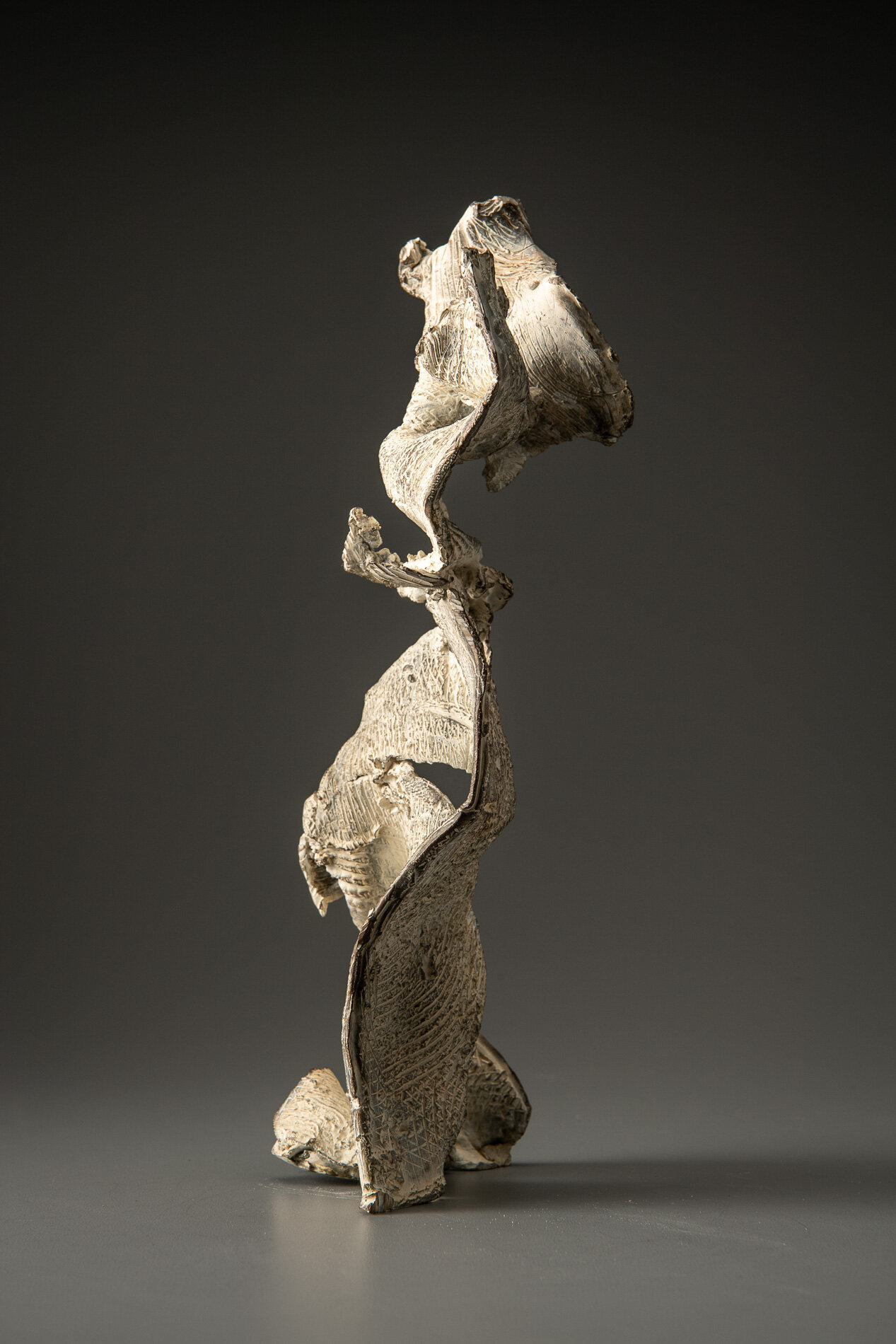When you witness or experience a horrific event there are images that hold onto you; images that will forever be conjoined to the experience.
Weathering Houston’s hurricane Harvey, I was glued to the TV and Houston’s social media postings. My eyes soaked up videos of contaminated waters creeping in the homes of nearby neighborhoods. I witnessed daring rescues of families as they were evacuated. In amazement, I watched mothers and children pile into garbage trucks, elderly folks in wheel chairs airlifted by helicopters. Through social media calls for help, it became obvious our cities first responders could not get to every home in need. Proudly, I saw brave Texans convert their flat bottom fishing boats, and jacked up pickup trucks into liferafts and search for those who called for help. No Texan would be left behind.
When our street drained, turning off the news and putting my social media in my pocket, I packed up my dry survivor’s guilt and headed down to the George R. Brown convention center to volunteer and treat my pain and my conscience. The Red Cross had turned one-third of the GRB into a families with pets section. Entering the building with dilated pupils I wove my way through the walk ways created by the clusters of cots and kennels occupied by families and their pets. It struck me that even in the midst of a disaster we humans create neighborhoods and small communities, we are pack animals. I headed towards the pop up pet supply store well stocked from donations made by citizens and the volunteer veterinary clinic where I would be helping out. Careful not to disturb the sleeping citizens of the newly formed families with pets city, I was confronted by a single cot. It was freshly dressed in a crisp white sheet accessorized with a fluffy white pillow and tucked in by a cozy, white flannel blanket decorated with tiny Red Cross logos all over. It was isolated from the others waiting for the next victim of Harvey to tuck themselves in and comfort them with safety. With all the rescue images of people trudging through unsanitary water, homes floating in floodwater fresh in my memory bank that cot was shockingly - humanity. Thirty thousand GRB citizens would be relieved to make it their new homestead. It was heart breaking and beautiful all at the same time. I could imagine if I had been rescued that cot would have been a long-awaited relief. I would not have asked the sheet thread count or if the cotton was grown pesticide free. My heart hurt for all those who were grateful to have such a cot. That cot, that crystal clear image of stripped down humanity, is the Harvey image that holds onto me.
Within weeks, I made two watercolor monotype pieces of the cot. One as I saw it and one with a pet waiting for its owner. I was pleased with their crispness and the delicate watery shapes seen when closely inspected. It occurs to me that the cot was so symbolic to me because of the constant looped eyewitness news reporting and abundance of social media posts. I was seeing the same strong images over and over. From my dry den, I too experienced Harvey.
I have taken photos of my television screen and collected screen shots of these images and will use them as inspiration for additional works to go with the cot. It will be interesting to see if it is interesting to anyone but me.











































































